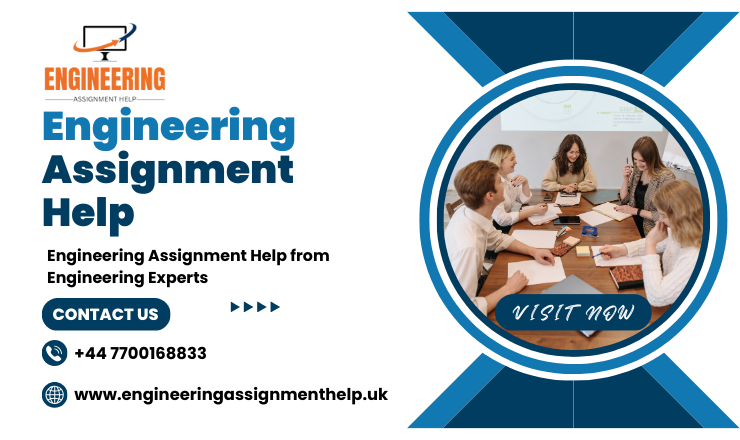In recent years, Outcome-Based Education (OBE) has gained significant attention as an approach designed to better prepare students for real-world success. Unlike traditional education models that focus on inputs like curriculum and hours spent in class, OBE shifts the focus to the actual learning outcomes. This educational approach emphasizes developing specific competencies in students, measuring their success by their ability to apply what they’ve learned in real-life scenarios. Here’s a detailed look at what OBE is, how it works, and why it’s a game-changer for modern education.
1. What is Outcome-Based Education (OBE)?
Outcome-Based Education is a student-centered learning model where all aspects of education—curriculum, teaching, and assessment—are organized around achieving specific learning outcomes. These outcomes define what a student is expected to know, understand, and do by the end of an educational program, making learning more relevant and focused.
2. Core Principles of Outcome-Based Education
OBE is built on several core principles that set it apart from traditional education:
- Clarity of Focus: All learning activities are designed with a clear focus on the outcomes that students need to achieve.
- Designing Backwards: The curriculum and assessments are planned by starting with the desired outcomes and working backward.
- High Expectations: OBE promotes a culture of high expectations for all students, encouraging them to reach their full potential.
- Expanded Opportunities: Recognizing that students learn at different paces, OBE provides varied opportunities to help each student meet the outcomes.
3. How OBE Works: The Process of Outcome-Based Education
The OBE process involves setting specific outcomes at the outset and designing all instructional and assessment activities around achieving these outcomes. Here’s a breakdown of the key steps:
- Define Learning Outcomes: Specific skills, knowledge, and attitudes students should develop are outlined as measurable learning outcomes.
- Curriculum Design: Courses are developed to directly align with these learning outcomes, ensuring that everything taught contributes to the end goals.
- Teaching Methods: Instructors use diverse methods tailored to help students achieve the outcomes, such as project-based learning and hands-on activities.
- Assessment and Feedback: Students’ progress is measured against the outcomes through various assessments, with feedback provided to guide improvement.
4. Benefits of Outcome-Based Education
OBE offers numerous advantages for students, educators, and the education system as a whole:
- Enhanced Learning Relevance: By focusing on real-world skills, OBE makes learning more applicable to life beyond the classroom.
- Improved Accountability: Since outcomes are clearly defined and measurable, OBE makes it easier to assess the effectiveness of both teaching and learning.
- Personalized Learning Paths: OBE supports individual learning needs by allowing students to progress at their own pace toward achieving outcomes.
- Increased Engagement: Students are more motivated and engaged because they see the practical value of what they are learning.
5. Types of Learning Outcomes in OBE
- Cognitive Outcomes: Skills related to knowledge and comprehension, such as critical thinking, problem-solving, and analytical skills.
- Psychomotor Outcomes: Skills that require physical coordination, such as lab skills, technical skills, or performing arts.
- Affective Outcomes: Personal attributes and values, such as ethical reasoning, teamwork, and communication skills.
6. OBE in Practice: Examples of Application
Many universities and colleges are adopting OBE models. Here are a few practical examples:
- Engineering Programs: OBE frameworks ensure that engineering students master core competencies such as design thinking, technical skills, and ethical reasoning.
- Healthcare Education: Medical and nursing schools use OBE to ensure students can perform critical tasks, communicate effectively, and make ethical decisions in real-world healthcare settings.
- Vocational Training: Institutions offering vocational courses use OBE to guarantee students gain hands-on skills directly applicable to jobs.
7. Assessment and Evaluation in OBE
In OBE, assessments are designed to measure a student’s progress toward achieving the specified outcomes rather than comparing them against peers. Assessment methods in OBE include:
- Formative Assessments: Ongoing assessments such as quizzes, discussions, and reflections that provide immediate feedback.
- Summative Assessments: Final exams, projects, and presentations that assess students’ overall understanding of the outcomes.
- Rubrics and Criteria-Based Assessment: Pre-defined criteria help ensure that assessments are transparent and fair, focusing on specific skills and knowledge.
8. Challenges of Implementing Outcome-Based Education
While OBE has many advantages, it also faces some challenges:
- Resource Demands: Implementing OBE requires time, effort, and resources, especially for curriculum redesign and faculty training.
- Resistance to Change: Some educators and students may be resistant to shifting from traditional methods to a more outcome-focused approach.
- Complex Assessment Models: Measuring learning outcomes can be complex, requiring carefully designed rubrics and assessment tools.
Conclusion
Outcome-Based Education represents a transformative approach that prepares students with the skills and competencies they need to succeed in the real world. By focusing on clear, measurable outcomes, OBE fosters an education system that prioritizes relevant learning and accountability. Although it requires careful planning and adjustment, the benefits of OBE for both students and institutions are undeniable. As more educational institutions adopt OBE, we can expect to see a new generation of graduates who are better equipped to thrive in their careers and contribute meaningfully to society.



